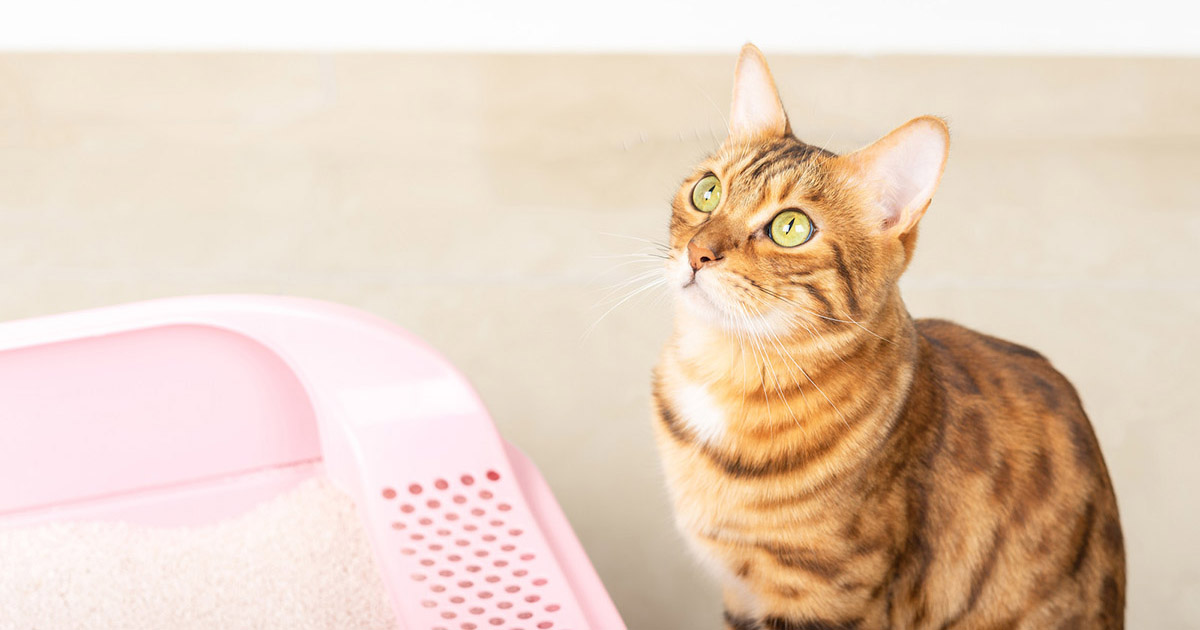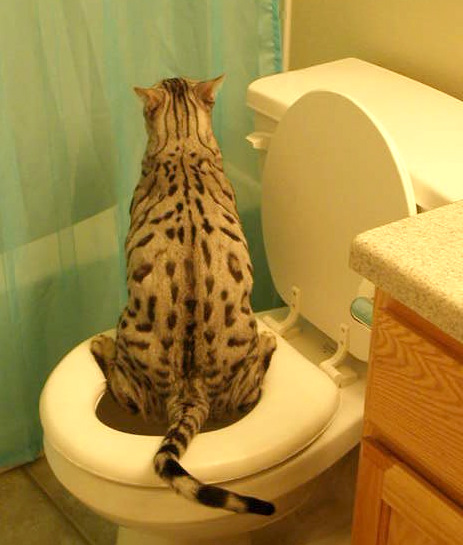The author is making several great observations on How to Dispose of Cat Poop and Litter Without Plastic Bags as a whole in this content on the next paragraphs.

Intro
As cat proprietors, it's vital to bear in mind how we deal with our feline buddies' waste. While it might appear hassle-free to flush feline poop down the bathroom, this practice can have destructive repercussions for both the environment and human wellness.
Alternatives to Flushing
Thankfully, there are safer and a lot more responsible ways to take care of feline poop. Consider the adhering to alternatives:
1. Scoop and Dispose in Trash
One of the most typical approach of getting rid of cat poop is to scoop it right into a biodegradable bag and toss it in the trash. Make sure to make use of a specialized litter inside story and dispose of the waste without delay.
2. Use Biodegradable Litter
Select biodegradable feline litter made from materials such as corn or wheat. These litters are eco-friendly and can be securely gotten rid of in the garbage.
3. Bury in the Yard
If you have a lawn, take into consideration burying pet cat waste in a designated area far from veggie gardens and water sources. Make sure to dig deep adequate to prevent contamination of groundwater.
4. Set Up a Pet Waste Disposal System
Invest in an animal garbage disposal system especially developed for feline waste. These systems make use of enzymes to break down the waste, minimizing smell and environmental effect.
Wellness Risks
In addition to ecological concerns, flushing feline waste can likewise posture wellness risks to people. Cat feces may have Toxoplasma gondii, a parasite that can cause toxoplasmosis-- a possibly extreme ailment, specifically for expecting ladies and individuals with weakened body immune systems.
Environmental Impact
Flushing pet cat poop presents dangerous microorganisms and parasites into the water system, posing a considerable threat to aquatic ecological communities. These pollutants can negatively affect aquatic life and compromise water high quality.
Verdict
Responsible family pet possession extends past giving food and shelter-- it likewise involves appropriate waste monitoring. By refraining from flushing feline poop down the commode and opting for alternate disposal approaches, we can minimize our environmental impact and shield human health.
Why You Should NEVER Flush Cat Poop (and/or Litter) Down Your Toilet
The Problem with Litter
The main function of litter is to solidify and adhere to your cat’s waste. While this makes litter excellent for collecting cat poop and urine, it’s also the exact property that makes it a nightmare when flushed down the toilet.
Cat litter can and will clog pipes. There is non-clumping litter, but it’s still quite heavy and can build up in pipes. This is true even of supposed “flushable litter.”
The problems only compound when the litter is already clumped into cat waste. Toilet paper is among the more flushable things, and even too much of that will clog a toilet.
The Problem with Cat Poop
Sewers and septic systems are designed with human waste in mind. The microbes that help break down human waste don’t work on cat waste. Additionally, cat poop plays host to the parasite Toxoplasma gondii.
When flushed, this parasite can enter the environment in places it was never meant to, posing a risk to pregnant women, their unborn children, and other people with compromised immune systems. While it might not seem possible, flushing cat poop can indeed introduce this parasite to the public water supply.
These reasons are why, even if you’ve trained your cat to go on the toilet and flush, which is possible, it’s still not a good idea. Also, pregnant women and the immunocompromised shouldn’t change litter, either.
How to Handle Litter
The best way to handle litter is to simply put it in a plastic bag and place it in the trash. Avoiding environmental risks and possible plumbing damage is worth the extra effort.
You can also invest in devices that seal away your cat’s waste in a separate compartment, so you don’t have to change the litter nearly as often. They’re also safer for pet owners because they limit the possibility of Toxoplasma gondii exposure.
Disposing of litter the old-fashioned way will ensure you won’t have to worry about any issues that flushing the waste can potentially cause.
Take Care of Clogged Pipes with Stephens Plumbing, Heating & Air Conditioning
The reasons you should never flush cat poop down your toilet are numerous, but sometimes the inevitable happens despite your best efforts.
Stephens Plumbing, Heating & Air Conditioning is ready to help if you’re experiencing litter-blocked plumbing. Whether you need us in an emergency or want to schedule regular maintenance, we’re here for you.
https://www.stephensplumbing.net/bathroom-plumbing/never-flush-cat-poop-down-your-toilet/

We had been made aware of that editorial about How to Dispose of Cat Poop and Litter Without Plastic Bags through someone on our other website. Sharing is caring. Helping people is fun. Thank you so much for taking the time to read it.
Book Appointment
Comments on “Prevent Bathroom Emergencies: Don't Flush Cat Poop Down Your Toilet - Expert Guidance”